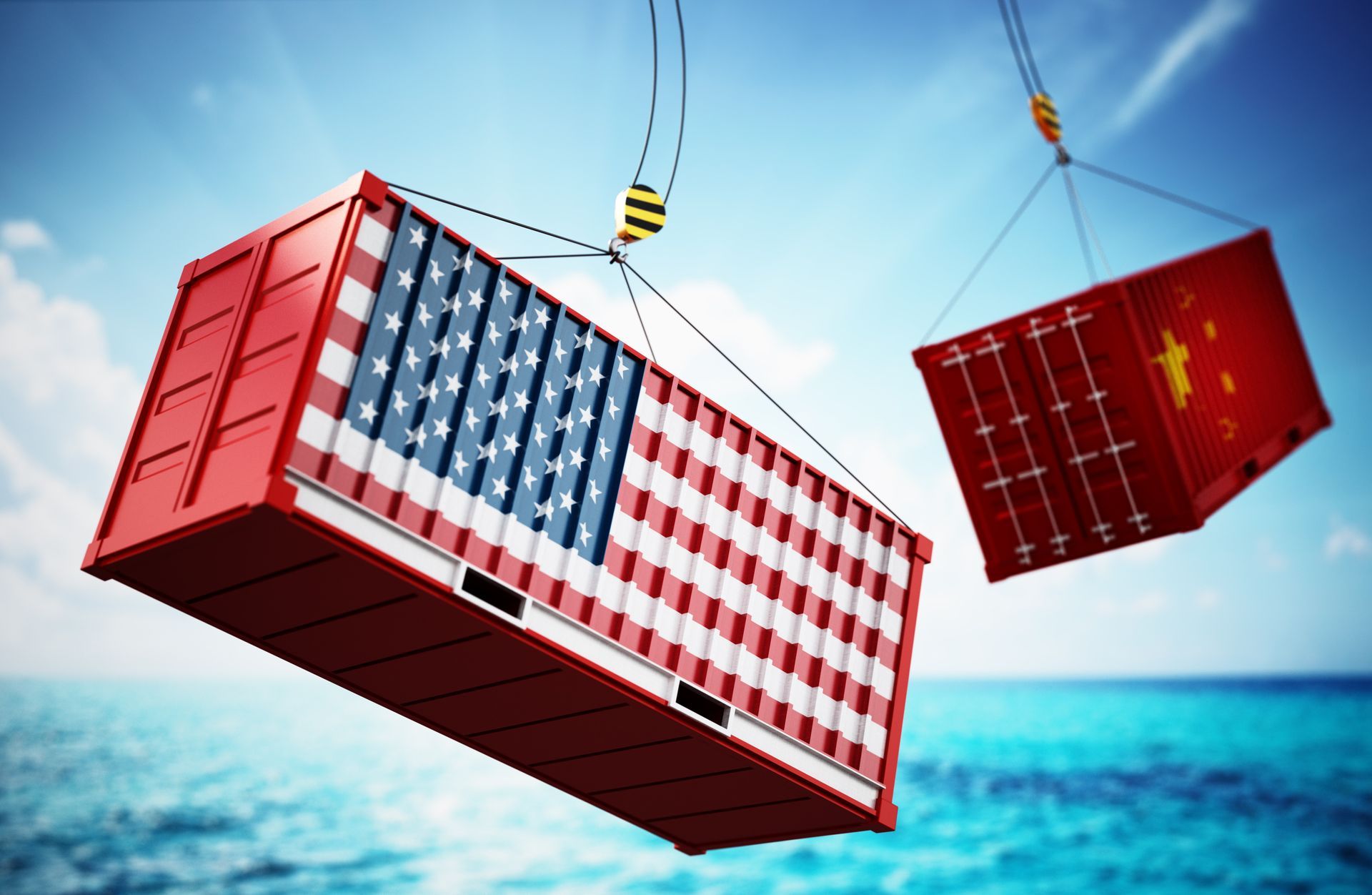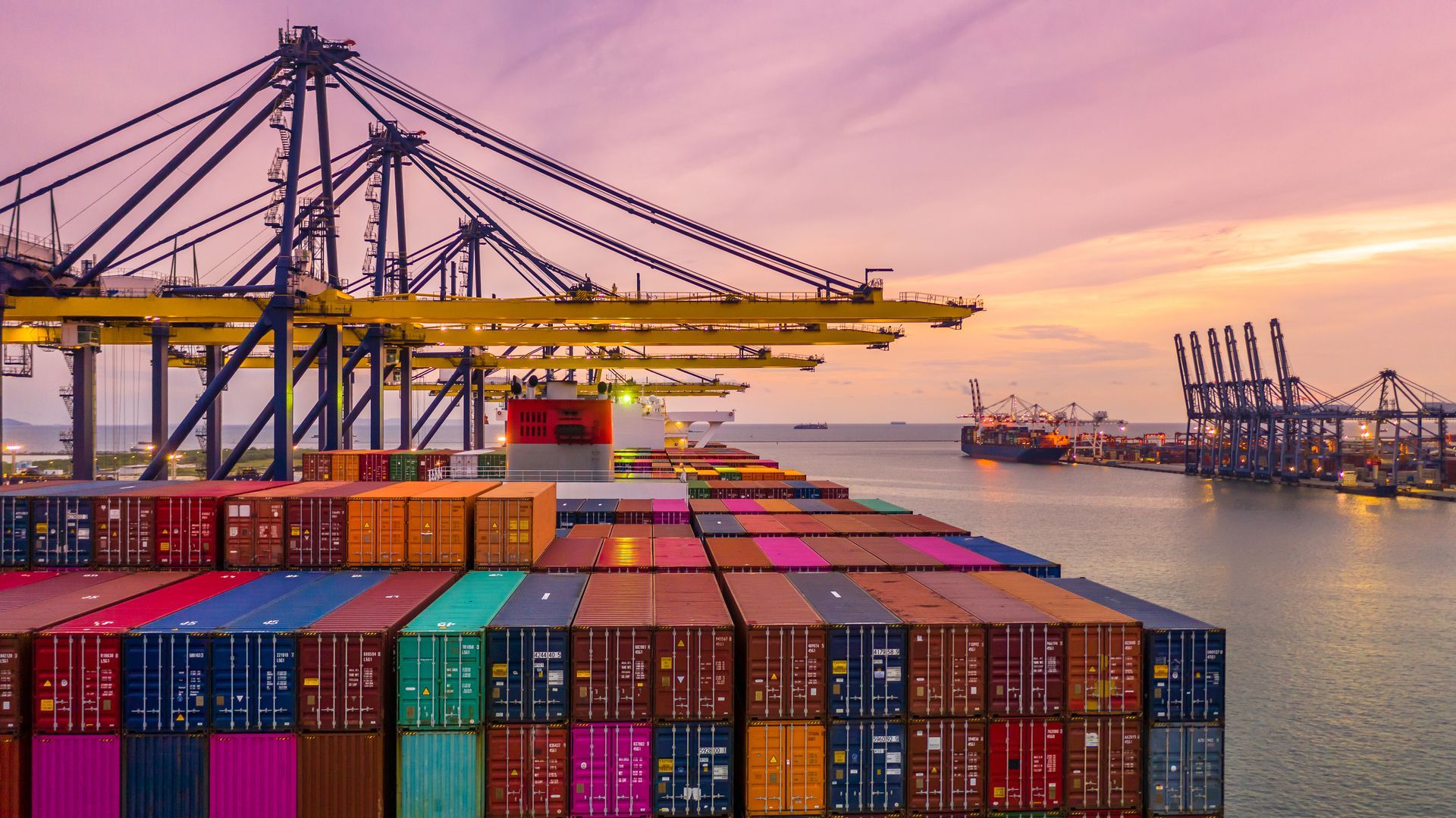Supplies Made Simple™: Talk to our Sales Team today!
Navigating Logistics Challenges: Logistics and Shipping Issues in Today's Economy
Navigating Logistics Challenges: Logistics and Shipping Issues in Today's Economy

In the world of wholesale distribution, the nuances can make all the difference in ensuring efficiency. However, these nuances also bring a host of supply chain challenges and disruptions. Over the past five years, we've witnessed dramatic changes here at CHA, including:
- Sky-high inflation and shipping costs
- Major roadblocks in the global supply chain due to the pandemic (ie. long delays)
- Geopolitical tensions
- The fight to meet evolving regulations and remain compliant
- Labor shortages
The list continues, but one constant remains: future disruptions are inevitable. In this blog post, we will explore these key issues and discuss how preparation is essential for improving and bypassing these very real challenges.
Understanding the Current Logistics Landscape
The wholesale distribution and supply chain landscape is pretty complex, to say the least. Together, let's break down the key players and major trends we have seen in the logistics landscape over the past few years.
How the Pandemic Reshaped Global Trade
Many would argue that the pandemic had a profound impact on global trade and while that is true, the effect remains present in multiple ways. In supply chain management, it increased many of the weak spots that were already there. According to McKinsey, there are a few areas where we see these spots:
- organizing and connecting with suppliers
- transport and logistics systems
- financial stability
- product uniqueness
- development of the organization
The pandemic didn't create these issues, but it did intensify them. Priorities have shifted significantly. Before the pandemic, supply chain success hinged on affordability and productivity. Now, resilience and longevity are the main drivers. Many businesses failed during the pandemic because they couldn't meet customer expectations, which had shifted more towards reliability and continuous service.
Before the pandemic, cost reduction and productivity enhancement were the primary goals driving supply chain improvements, digitization, and investment. These goals remain important, but the unprecedented chaos caused by the pandemic threatened the competitive position—and even the survival—of many businesses.
The Domino Effect of Delayed Shipments
Supply chains as a whole may be disrupted by only a single delayed shipment. Companies in wholesale distribution and supply chain management have implemented several tactics to reduce these delays, including increasing their inventory levels, diversifying their suppliers, and utilizing cutting-edge technology to improve tracking and forecasting.

Economic Factors Influencing Shipping and Logistics
Economic factors are key in shaping strategies and costs in shipping and logistics. Among these factors, inflation is a big force. It affects the price of goods, transportation expenses, and logistics services. It's crucial for stakeholders across the supply chain to navigate well because the landscapes they face are always changing.
The Role of Inflation in Logistics Costs
Understanding inflation is crucial for logistics professionals. It is also crucial for businesses in the supply chain. Inflation directly affects the cost of goods and drives up the prices of raw materials, parts, and finished products. When manufacturers and suppliers face higher input costs, they often pass these costs to downstream supply chain partners. For any logistics provider, this means handling and moving more valuable goods, which raises costs.
Moreover, inflation can lead to fluctuations in demand and supply dynamics. As prices rise, consumer purchasing power falls. This change could alter consumption and the volume and type of goods transported. Logistics planners must expect these shifts to improve inventory and distribution plans.
Influence on Transportation Costs:
Fuel prices and operational expenses drive transportation costs. Inflation hits them hard because of this. During inflation, fuel prices rise, which impacts the cost of shipping by road, air, sea, or rail. Also, the maintenance costs for vehicles, equipment, and infrastructure can rise.
Furthermore, inflationary pressures can affect logistics service providers' ability to maintain competitive pricing while ensuring profitability. Adjustments in transportation costs may necessitate renegotiating contracts with clients or implementing fuel surcharges to offset increased operational expenses.
Effects on Logistics Services:
Logistics services include many activities that are essential for the smooth flow of goods through the supply chain. These services include warehousing, inventory management, packaging, and distribution. Each one has costs that inflation can affect.
Inflation may lead to higher labor costs as wages adjust to meet rising living expenses. Also, costs for adopting technology, obeying regulations, and maintaining facilities can rise during inflation. Logistics providers must assess these costs and adjust pricing to stay profitable without hurting service quality.
Current Geopolitical Hotspots Affecting Global Trade Routes
The South China Sea is a focal point of tensions between countries. Competing territorial claims and interests fuel these tensions. China, Vietnam, and the Philippines are among the countries involved. These tensions slow down sea trade routes between Asia and major markets and global supply chains. They disrupt shipping lanes, affecting logistics and risk plans.
The Middle East is a critical region with deep global trade implications. Ongoing conflicts and political instability in countries like Iraq, Syria, and Yemen can disrupt energy supplies and trade routes. Regional rivalries in the Persian Gulf states also pose a threat. The Strait of Hormuz, a vital oil transportation route, is susceptible to geopolitical tensions. These tensions can impact global energy markets and shipping logistics.

Preparing for Future Disruptions
Today's logistics challenges require resilience and strategic foresight due to high inflation and pandemic-induced supply chain disruptions. Geopolitical tensions, regulatory complexities, and labor shortages also play a role. Over the past five years, these factors have dramatically reshaped the supply chain landscape.
The pandemic exposed supply chain weaknesses, making resilience a priority. Companies boosted inventory, diversified suppliers, and used advanced tech for tracking and forecasting. Inflation increased costs, forcing logistics providers to adjust pricing and efficiency. Geopolitical tensions disrupted trade routes, making diversified strategies and risk management essential. Proactive preparation and agile responses are crucial for navigating any future supply chain disruption and sustaining growth.
The Main Takeaway
The logistics industry faced five years of challenges reshaping supply chain dynamics. Skyrocketing inflation, pandemic-induced disruptions, geopolitical tensions, regulatory shifts, and labor shortages demanded resilience and adaptability. The pandemic highlighted supply chain resilience over cost reduction, prompting businesses to rethink inventory management, supplier diversification, and technological integration.
Economic factors like it's increased costs across goods, transportation, and logistics services. Logistics providers navigated fluctuating demand patterns and rising operational expenses, requiring agile pricing strategies and proactive cost management.
Geopolitical hotspots disrupt global trade routes, highlighting the need for diversified logistics. Proactive measures and strategic planning are crucial for mitigating any disruption.
Businesses must invest in resilient logistics solutions that prioritize flexibility and innovation. By doing so, logistics professionals can navigate complexities with confidence, ensuring continuity and efficiency.
In closing, navigating the complexities of today’s logistics landscape requires more than just awareness of the challenges—it demands proactive and innovative solutions. At Concentric Health Alliance, we specialize in custom procurement, addressing supply chain and procurement challenges on a global scale. Our commitment to transforming lives through direct, affordable, and quality manufacturing and supply options is central to our mission.
Want to learn more? Feel free to check out the shop where our inventory ranges from essential medical supplies, including gloves, masks, and other everyday necessities.












